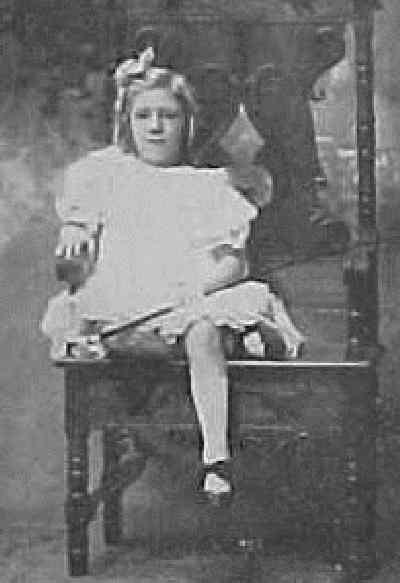
Figure 16.--This portrait was marked "Little Donnelley". While the child certainly looks like a girl, several indicators suggest that the child may be a boy.


Figure 16.--This portrait was marked "Little Donnelley". While the child certainly looks like a girl, several indicators suggest that the child may be a boy. |
HBC found this a particularly difficult image to access. We can only speculate, but the boy may well be an actor. The boy's dress seem rather to girlish, even by turn of the century standards. Another image which seems to show the boy in a Fauntlerou suit as an older boy with curls, seems more of a costume than an actual Fauntleroy suit. Also the name on the portrait, "Little Donnely" seems more of a stahe name than a real name.
From all appearances the child here looks like a girl. The child had wears no boyishly styled clothes. The frilly dress, hair bow, ringlets, white socks and strap shoes certainly suggest a girl. There are several indications in the photograph, however which suggest that the child may be a boy.
HBC dates the image at about 1900, the turn of the century. The primary indicators for this estimate are the white three quarter length socks rather than dark long stockings, the strap shoes rather than high top button shoes, and the large hairbow. While such indicators are not foolproof, they seem more typical of the turn of the century rather than 1890.
HBC does not have access to a high quality image. The dress the child is wearing does not appear to have any boyish touches. On this indistincr image, the child may be wearing a smock or pinafore. Mothers at the turn of the century could buy boy dresses which were generally plainer than thise made for girls and often had front buttons or belts as stylistic elements. Boys not yet breeched did not have to wear a boy dress, but it was increasingly accepted that boys should wear plainer dresses. The white socks and strap shoes look like girls clothing to us today, but at the turn of the century, white socks and strap shoes were worn bu both boys and girls.
HBC has reason to believe that this boy might have worn Little Lord Fauntleroy suits when he was older, although his curls were still not cut. Click on the link here and look at figure 1. The boy looks to be about 10 years of age, perhaps even 11 years. HBC would be interested in your view as to whether the picture here and the picture on the linked page or portraits of the same boy. Our HBC reader reports that, "In the first photo, the boy, "Little Donnelley," is wearing a dress and his hair parted on the left side and his long curls are tied with a prominent hair bow. In the second photo, in the Fauntleroy suit, he has identical curls, but his hair bow is lacking and instead his hair is parted on the right side. In both photos he has a quirt or riding stick, which was probably a prop supplied by the photographer." Another HBC contributor comments, "If it is not the boy, it could be his sister. The resemblance is amazing!"
Tyhe child's hair is done in long ringlet curls with a large hairbow. Rinlets in the 1880s and 1890s oftem were more associated with boys than girls. This had begun to shift by the turn of thge centurty, especially with hairbows. A portrait taken about 1900, however, could still be a boy.
The child's facial characteristics look very boyish to HBC.
The child looks to HBC to be about 7 or 8 years old. An HBC contributor suggests 5-6 years. By the turn of the century it was becoming less common to keep boys thisd age in dresses, but is was not out of the question. Boys in the 1900s still commonly wore dresses.
The image is probably American, but HBC has no setails at this time.
Notice the prop--a cane. Canes were often a prop associated with boys.
The name Donnelly is a celtic and means brave. The feminine version is spelled Donnelle. This is different than the surname Donnelly, which is Irish. The name is used
infrequently at the present time but suggests the child is a boy.
The child may be a prodigy. The portrait is marked "Baby Donnelly". This is not how a family potrait of the time would be marked. It is how a child prodigy of the time might have his image marketed. HBC does not, however, have any data on proigy with this name. A HBC reader commebnts, "I actually think the child is a boy actor who played both girls and boys' parts. This was not uncommon in the 19th century, although it was probably more common for girls. to play both genders. He may have played a girl in a play or in Vaudville. Little Donnelly sounds like a stage name to me. The two images could be of the same boy but it's really hard to tell for sure."
The above factors suggest very strongly that the child may be a boy. The turn of the century, however, was a very fluid area and the child could be a girl.
Navigate the Historic Boys' Clothing Web Site:
[Return to the Difficult gender page2]
[Introduction]
[Activities]
[Bibliographies]
[Chronologies]
[Contributions]
[FAQs]
[Gender]
[Links]
[Style Index]
[Boys' Clothing Home]